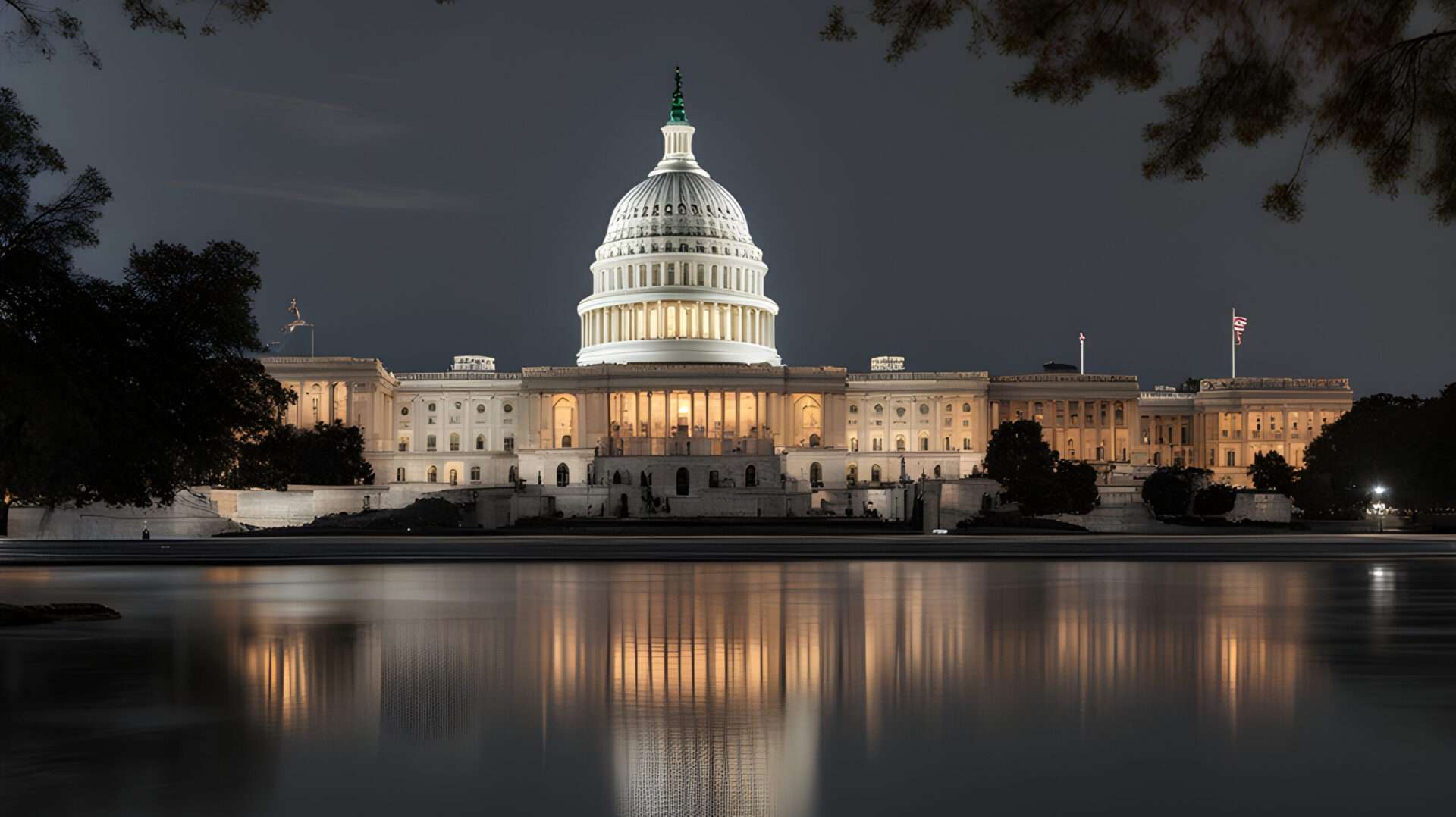Note: Political Awareness’s published communication is never authorized by any candidate or their committees.
What the 9th Amendment is all about
“The enumeration in the Constitution, of certain rights, shall not be construed to deny or disparage others retained by the people.”
This amendment states that although there are existing rights in the Constitution. Individuals still have rights that do not necessarily have to be written down or explicitly listed. The government cannot ignore or violate these unlisted rights simply because they are not mentioned in the Constitution. Hence, the 9th Amendment ensures that the people have freedom in various aspects. Guarding them from any kind of abuse of power.
LEGACY AND ITS IMPACT:
Historical Impact:
Regarding the history of how the 9th Amendment came into place. It was introduced in response to concerns which stated that listing specific rights in the Constitution might imply that unlisted rights were not protected. Initially, the Constitution did not include a bill of rights, which led to debates during the ratification. Additionally, several states only agreed to ratify the Constitution on the basis of a bill of rights being added. Furthermore, to address these concerns, James Madison proposed a series of amendments which included the 9th. This was done as a form of clarification for the people and to remind them that they have additional rights beyond those explicitly mentioned in the text.
Current Events:
In modern times, the 9th Amendment is used to support the idea that people have rights beyond those specifically written in the Constitution. Although it is not often the main focus in court cases, it still plays an essential role in protecting the rights of the individuals. For example, in the case of Griswold v. Connecticut (1965), the Supreme Court used it to support the right to privacy in marriage. Hence, the 9th Amendment helps show that the Constitution can protect unlisted rights. Allowing it to remain flexible and relevant as society changes.
THE AMENDMENT IN ACTION:
U.S. Public Workers v. Mitchell (1947): Government Employment and Political Activity
In this case, the federal employees argued that the Hatch Act, which restricted their political activities violated their rights under the 1st and 9th Amendments. Moreover, the Supreme Court upheld the law, stating that certain rights can be limited for government employees to protect the integrity and neutrality of public service. Even though the 9th Amendment was mentioned to support the idea of broader individual freedoms, the Court made it clear that not all unlisted rights are guaranteed in every context. This case shows how the 9th Amendment has limits when balanced against government interests.
Griswold v. Connecticut (1965): Marital privacy
In this case, the Supreme Court struck down a state law that banned the use of contraceptives for married couples. The Court held that the Constitution protects the right to privacy within marriage. Even though it’s not directly mentioned in the text. The 9th Amendment was used to support the idea that people have other fundamental rights beyond those listed in the Constitution.
Roe v. Wade (1973): Reproductive freedom
While the decision mainly relied on the 14th Amendment’s Due Process Clause, the 9th Amendment was also referenced to strengthen the argument about personal decisions. For instance, whether having an abortion falls under the broader right to privacy. In turn, it helped reinforce the fact that just because a right isn’t written down doesn’t mean it doesn’t exist.
CONCLUSION:
In the end, the 9th Amendment acts as a safeguard for the rights of the people. Even if those rights are not clearly listed in the Constitution. It was added to make sure that the government does not limit people’s freedoms just because they were not written down. Following that, the 9th Amendment is not always the main focus in court cases. However, it still plays an important role in protecting individual liberty and can be taken into consideration when needed. Ultimately, it helps the Constitution to stay flexible. It is open to the idea that people have more rights than just the ones that are specifically mentioned.

Leave a Reply